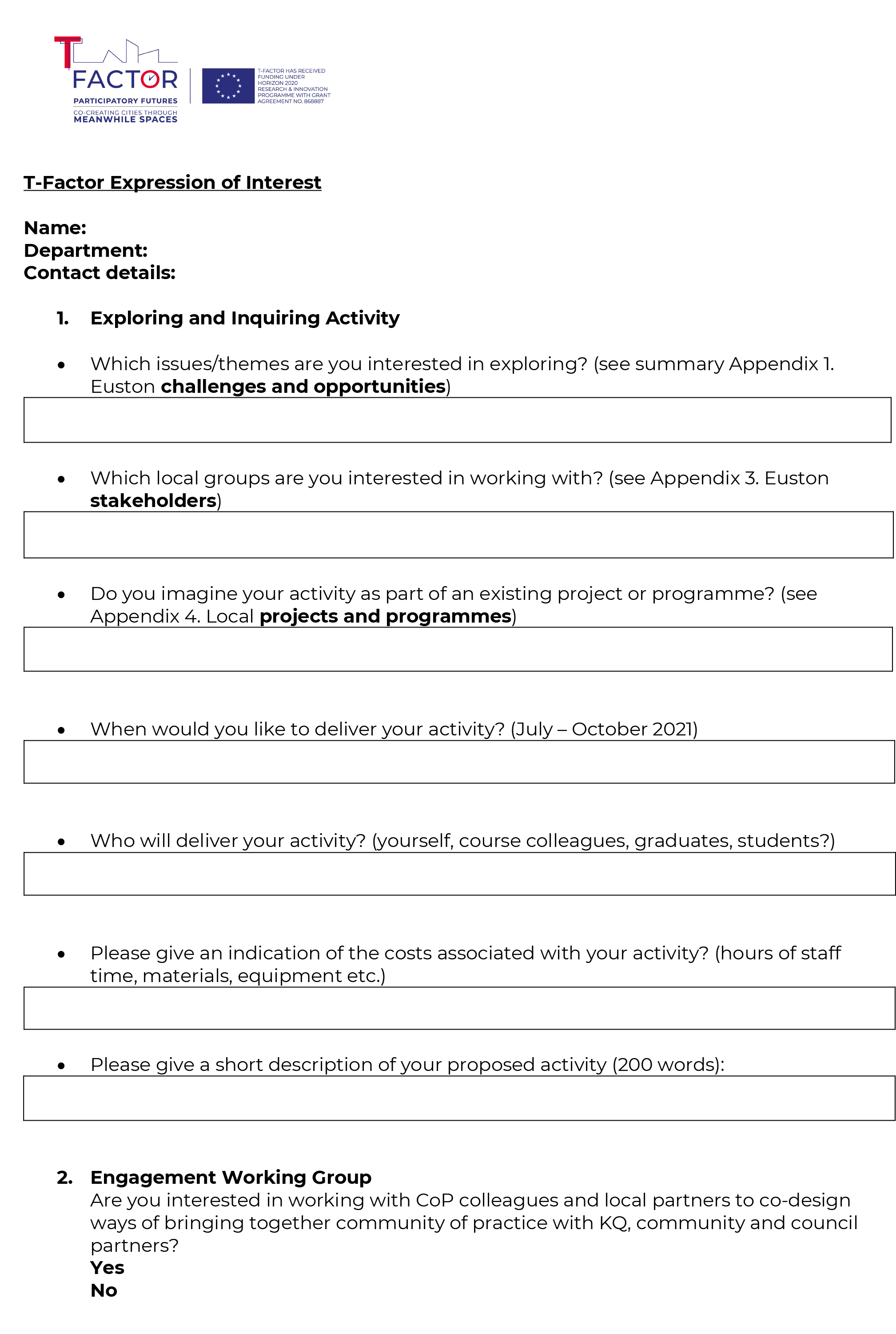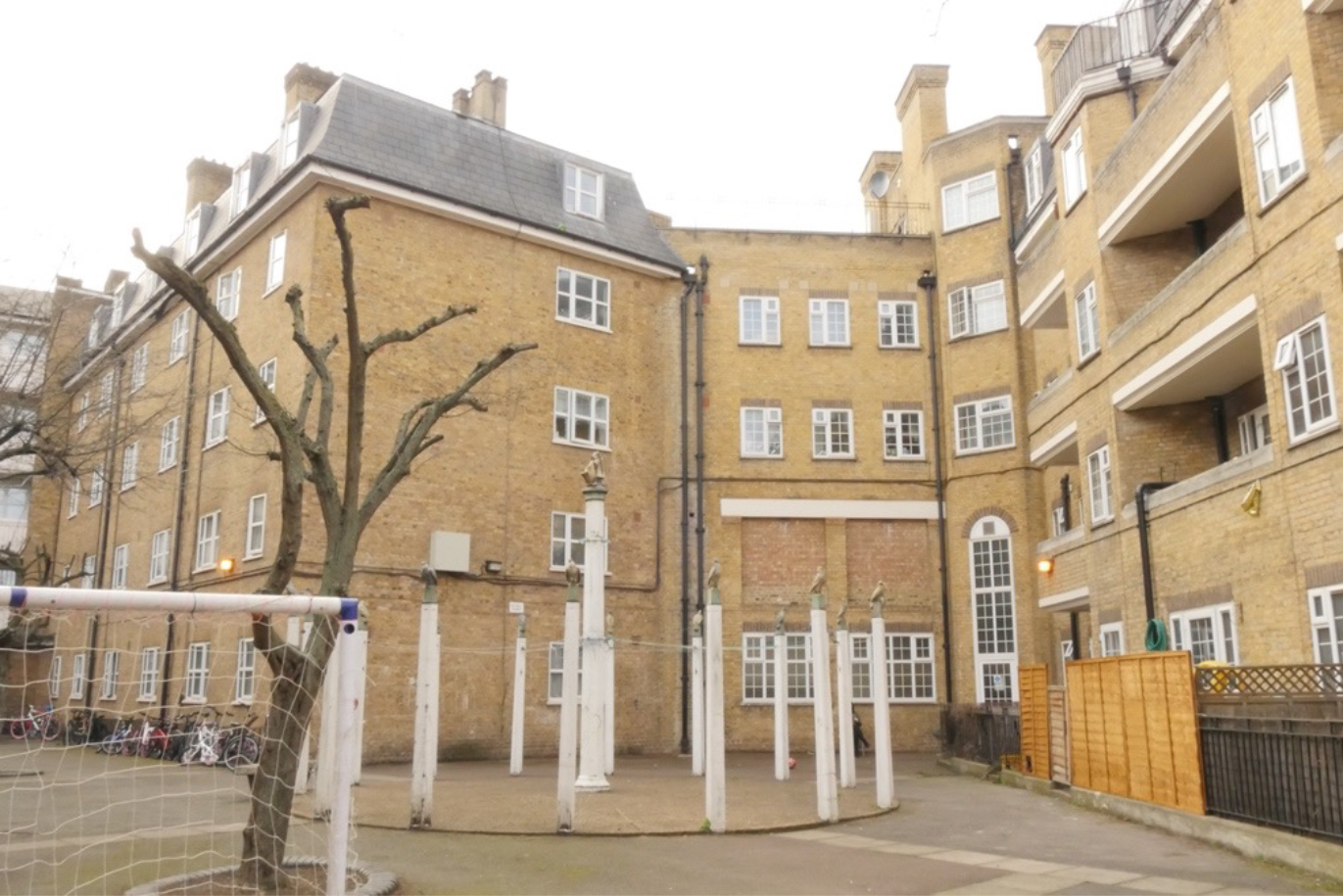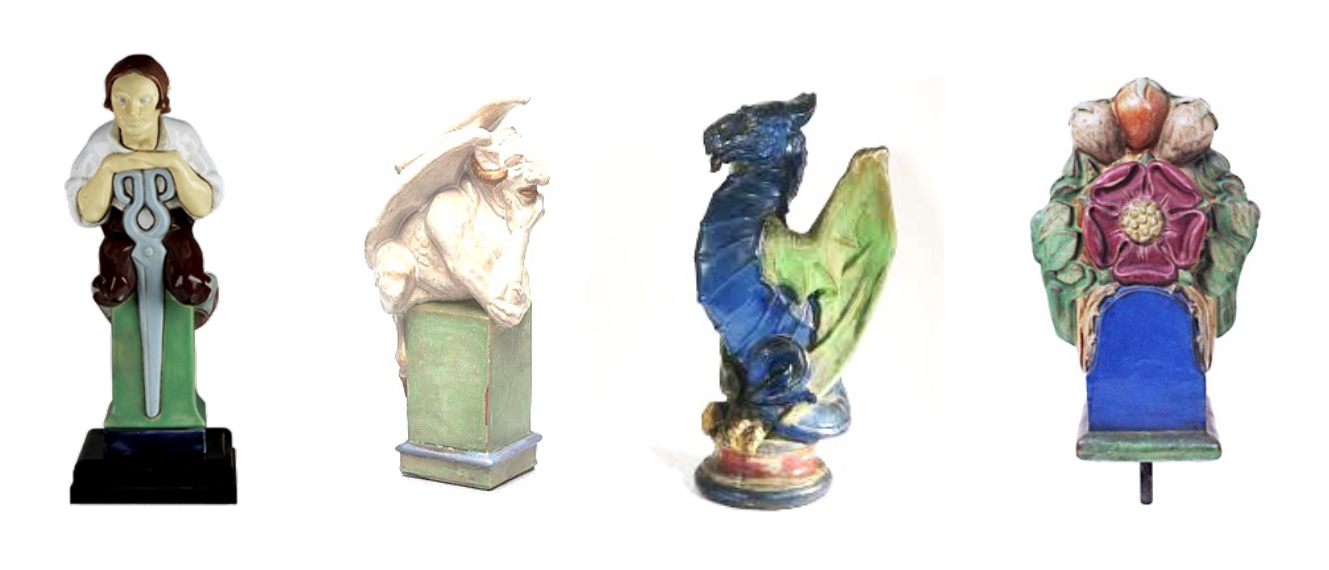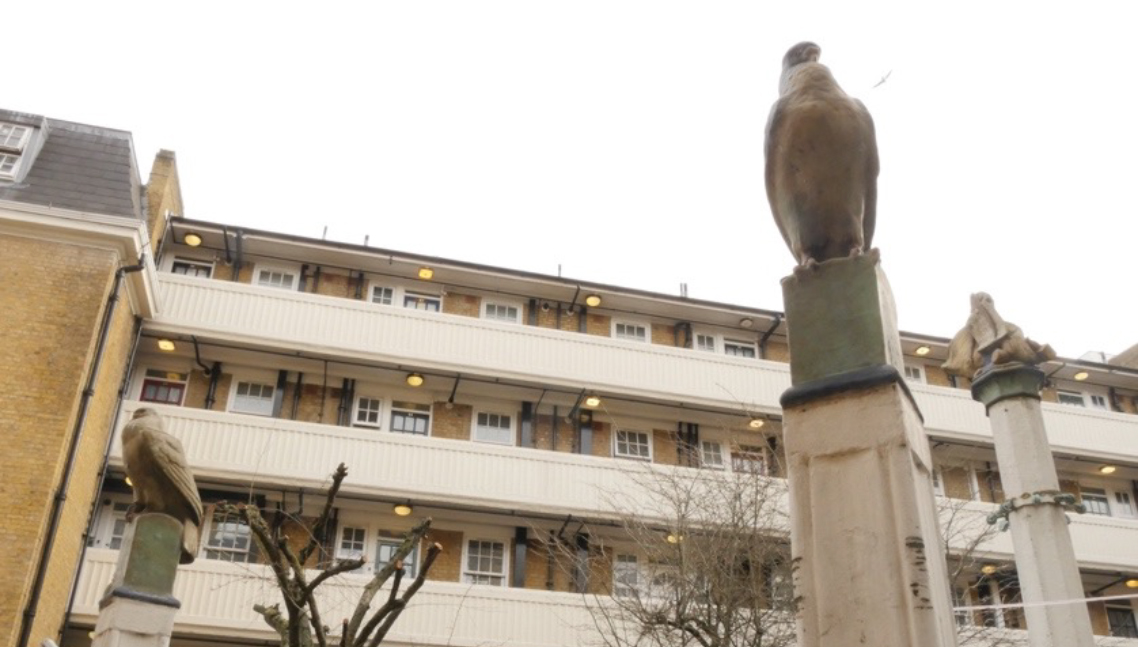In 2021, the seven T-Factor Transformation Labs (T-Labs) organised experimental activities called T-Probes into the Pilot cities. T-Lab one organised activities with Central Saint Martins (London, EN) to realise its key objective: How can we leverage Arts, Culture and Creativity to support and unlock local cultural initiatives?
Since Arts, Culture and Creativity is the theme of T-Lab one, through its T-Probe it turned its attention to how a community of practice (CoP) between practitioners and a Pilot city’s community can be convened and steered towards activities where there is a genuine bottom-up relationship to the local community. Practitioners of the CoP at Central Saint Martins, made up from its teaching and student community, were interviewed in 2020/21 using a canvas that inquired as to the what, where, who, why, when and how about their socially engaged approaches. The Probe looked at the process from the establishment and mapping of the CoP to launching a call for ‘Expressions of Interest’, where practitioners were asked to provide key information about interests and objectives and which local groups they would like to engage with.
The key task was first to match the practitioner with the relevant local group and facilitate the realisation of the activity. This is essential to realise T-Lab one’s key objective; How can we leverage Arts, Culture and Creativity to support and unlock local cultural initiatives? At a meeting about the Expression of Interest process, the members of the CoP were informed about the process and how to register their proposals. These were then matched with the knowledge base about the local groups and communities that had been consolidated through T-Factor. Finally, the practitioners were matched with local groups and their key personnel such as, in the case study here, with the local history society.

Elizabeth Wright, from Central Saint Martins, proposed a project engaging with the heritage of an early 20th century Somers Town social housing estate that is within the territory of the Euston Pilot. The estate’s courtyards, which are a shared space for the residents of the housing, contain posts for washing lines, organised in circles.



At the top of each post is a finial, a sculpture, made by the artist Gilbert Bayes in the 1930s. Over the years, many of the finials have been lost.


The proposal was to remake the lost sculptures in collaboration with the local community. The first stage would help in developing a working methodology that supports community history work, by introducing open source 3D scanning of the sites where the washing lines were originally located. The second stage would involve the 3D digital fabrication of the sculptures by working from existing photographs, oral history and community knowledge.

So far, the project has worked with 2 local groups, Space for Us and the Somers Town History Club. Preparatory meetings were held in October 2021. These have been extensive discussions about how to best support the interests and needs of the community, and how to translate these into impactful and long-lasting actions.
The event, the Bayes Sites Recognition Walk with Elizabeth Wright and the Somers Town History Club, took place on 12 November 2021, to scope how to best envision the design and dynamics of the first workshop on digital reconstruction. This took place on 20 November 2021 in the form of the Bayes Scanathon Workshop based at A Space for Us which is the History Museum newly opened space. Members of the Somers Town History Club and A Space for Us worked together with staff and Central Saint Martins alumni and the project is now on track to explore its next phase.
KEY LEARNINGS
- The Expression of Interest process is essential to discuss and tailor practitioner’s proposals toward concrete and achievable outcomes. T-Factor has provided the knowledge and means that bridges this gap connecting proposals with local interests.
- So far, the project has revealed the potential of techniques such as photogrammetry, to expand understandings about how to archive historical material as part of the History Museum, beyond the specific scanning of lost/damaged finials for the exclusive purpose of reconstruction. In line with this, 3D scanning activities, as proposed by the project, also have the capacity to engage diverse members of the locality as agents in the process of creating digital databases comprising sites, objects and local experiences, to be part of the forthcoming History Museum-A Space for Us archives.
- Introduction of a range of skill sets such as photogrammetry and archiving methods into the local community.
- In the eyes of the History Museum – A Space for Us, the project represents an opportunity to achieve a long-standing goal of reconstructing key public realm sites via recovery and lost legacy. It also offers the possibility to initiate a longer lasting collaboration aimed at exploring 3D archival methodologies.
- From the point of view of the CSM practitioners, the project represents an opportunity to offer and test a methodology that enhances the ways in which the History Museum will be developed overtime, and one which would empower residents to construct and communicate their histories and knowledge in the long term.